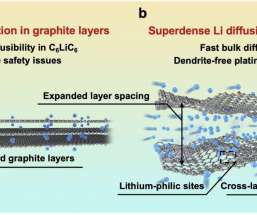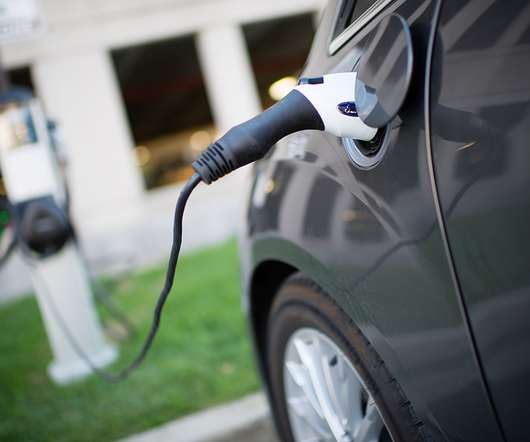Saft and ESMA to Cooperate on Supercapacitor Development, Production and Commercialization; Heavy Diesels First Target
Green Car Congress
MAY 11, 2009
The first results will be seen later in 2009, when Saft’s US manufacturing facility in Valdosta, GA begins production of a new generation of asymmetric nickel supercapacitors that will work in combination with batteries on heavy vehicles in a large variety of markets including, but not limited to, industry or public transportation.












Let's personalize your content